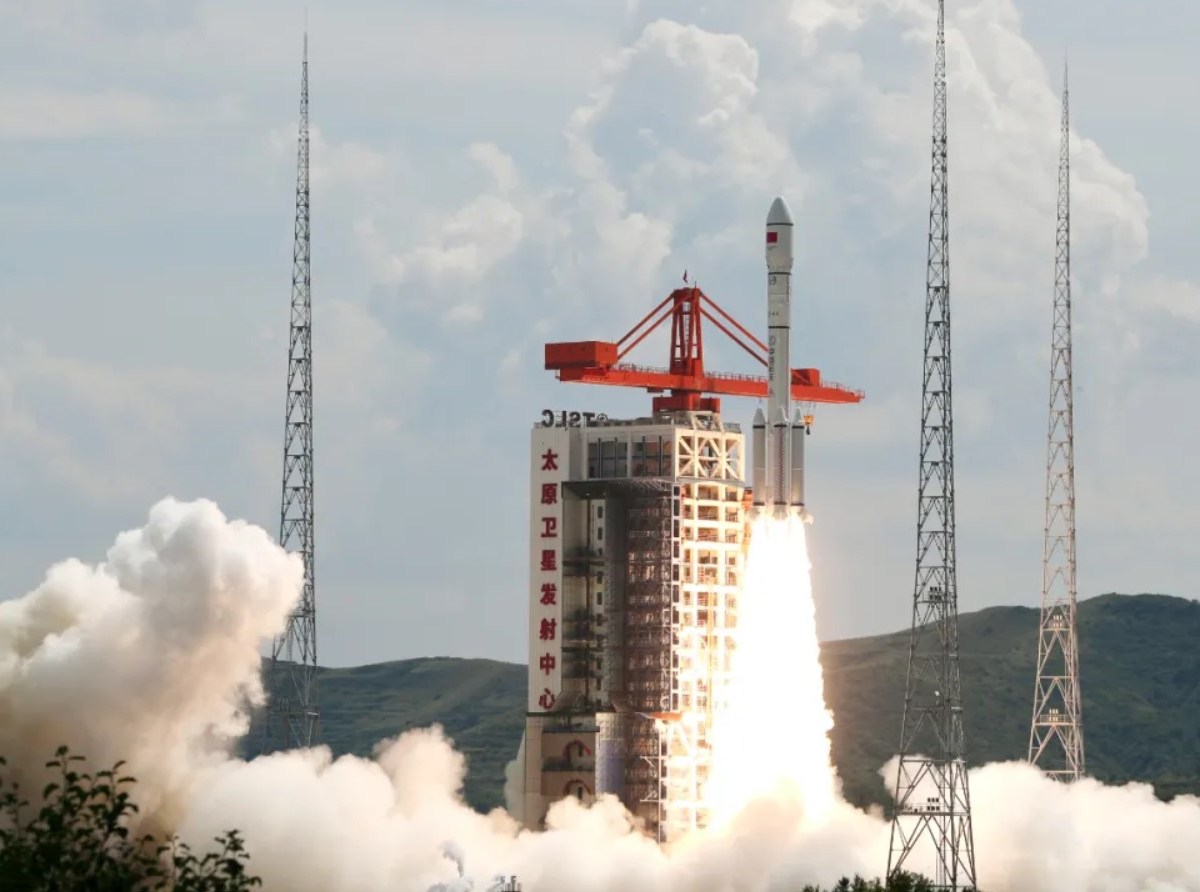- cross-posted to:
- astronomy@mander.xyz
- cross-posted to:
- astronomy@mander.xyz
As originally posted here (cw: lemm.ee), you can see that American tax dollars are helping large-language mod-- I mean, pop-sci article authors really hit their stride. Rather than copy my post from the linked thread, I'll summarize: China's Qianfan satellite constellation is about as bright as Starlink's first satellite constellation, and significantly dimmer when low in the sky. The paper cited by the SpaceNews article (https://arxiv.org/pdf/2409.20432v1) at no point says "significantly brighter than those of Western systems" as the article claims in the first sentence. In fact, the ArXiv paper's conclusion is as follows:
- Conclusions
The brightness of Qianfan spacecraft ranges from magnitude 4 when they are near zenith to 8 when low in the sky. Nearly all of the observations can be modeled with a nadir-facing flat antenna panel and the underside of a zenith-facing solar array, both with Lambertian reflection properties. These satellites will impact astronomical research and aesthetic appreciation of the night sky unless their brightness is mitigated.
This is the same conclusion that scientists reached about Starlink years ago, and it's still true today.
You might also be wondering who Jeff Foust, the author of this article, is. Prior to writing for SpaceNews, he was a "senior aerospace analyst with the Futron Corporation" (not to be confused with Futron Inc., as I nearly did), which as far as I can tell, was just some dime-a-dozen consulting firm that got bought out by another consulting firm that got bought out by another consulting firm. Folks, the imperialists aren't sending their best.



Apparent magnitude is a logarithmic scale, so 4.0 over 4.7 makes the Qianfan satellites 5x brighter than the 1st-gen Starlink satellites.
The researchers hope that by raising alarm early, they hope things can change for the better, like how SpaceX redesigned their satellites after public scrutiny. One of the mitigations is to just constantly point the shiny surface away from the surface. But it sucks that any legitimate and good-faith criticism gets hijacked by sinophobes.
The article actually spends the latter half talking about interference by Starlink and another American one, BlueBird, including in the radio wavelength. It's really only the headline that's problematic.
I wonder why these constellation satellites are always so bright. I never heard such things sabout other satellites, or is it just their large numbers that suddenly makes it a problem?
There are a few things the source paper claims that the article ignores: the Qianfan satellites have a much greater range of brightness (magnitude 4 at zenith, magnitude 8 near the horizon) and the design of the Qianfans potentially allows for future brightness mitigation, despite the article implying otherwise.